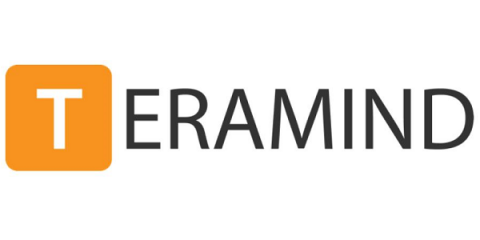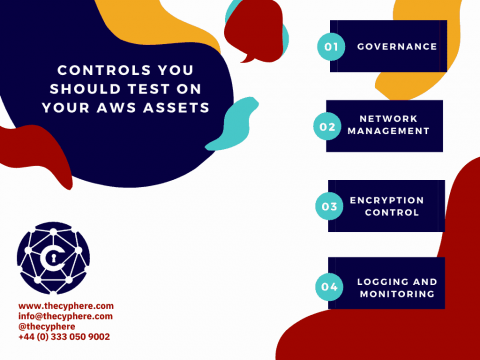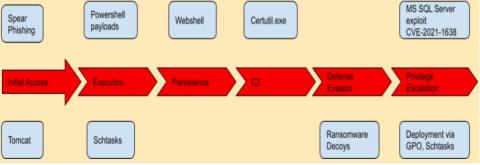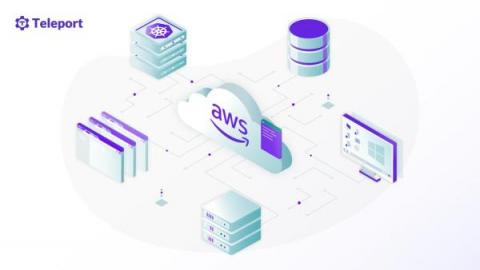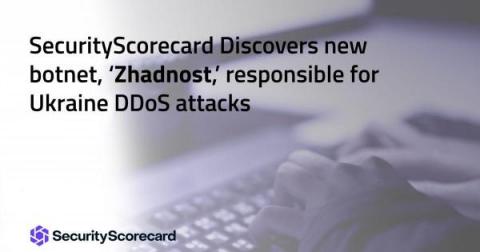Cyber Readiness and the Russia-Ukraine War
I was encouraged when I saw our partners over at Microsoft step in when Russian cyberattacks commenced alongside their invasion of the Ukraine. While there have yet to be any reported attacks on the United States or its allies, I can’t help but think about our collective readiness, especially as sanctions against Russia intensify. The Cybersecurity and Infrastructure Security Agency (CISA), a federal agency under the U.S.




